Electric Car Myths: Everything You Need to Know
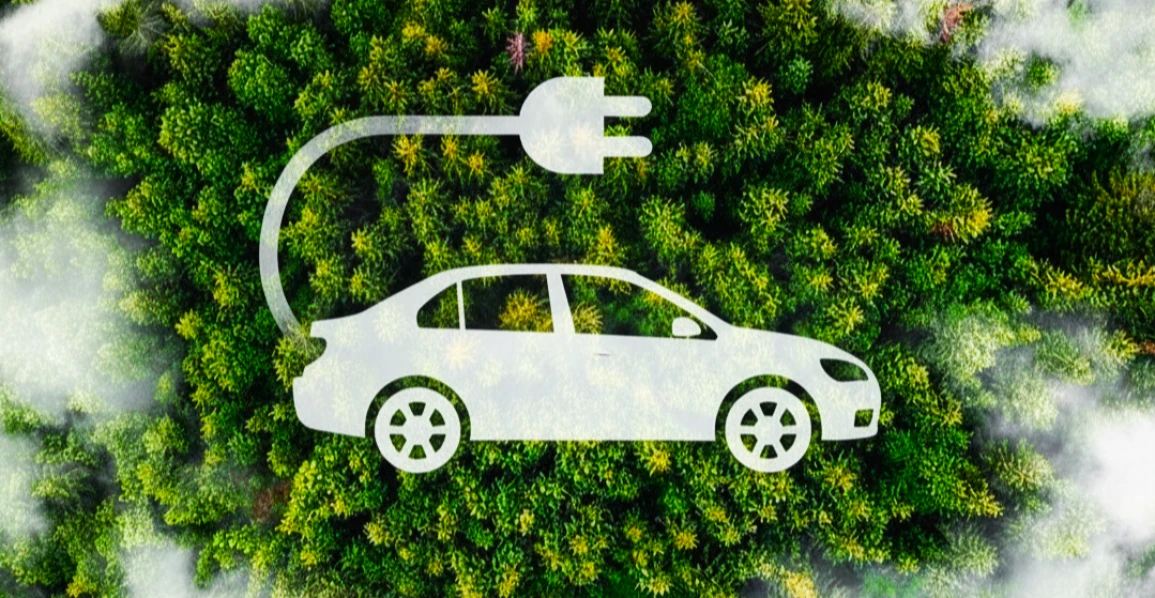
Electric cars are everywhere. They silently glide through city streets, occupy the best parking spots at shopping centers, and appear more and more frequently in our neighbors' garages. The transition to electricity is the new reality of our daily lives. But along with the growing popularity of electric cars comes a growing number of rumors, fears, and outright misconceptions.
A mythology has formed around electric vehicles. It is said that they can't travel more than a hundred kilometers, their batteries die completely after a couple of years, and charging takes an eternity. These car myths are confusing and prevent people from making an informed choice.
So, it's time to separate fact from fiction. Right now, we will dissect the most popular myths about electric cars, counter them with real data, and answer the main question: are electric cars better for the environment?
An Overview of Electric Cars
To understand what is true and what is false, you need to grasp the basics. An electric vehicle (EV) is a car driven by an electric motor that is powered by a large battery pack. Instead of a fuel tank, there is a charging port. Instead of a complex internal combustion engine (ICE), there is a compact and reliable electric motor. And the main advantages of this approach are obvious:
- Savings. The cost of "refueling" with electricity is many times lower than the cost of petrol.
- Eco–friendliness. Zero tailpipe emissions at the point of use.
- Quietness. The silent operation of the engine creates a new level of comfort.
- Performance. The electric motor delivers maximum torque from the first revolution, providing hurricane–like acceleration.
If you want to dive deeper into how electric cars work — from battery types and charging speeds to driving features — check out our detailed guide "Electric Cars in Cyprus: Guide to Models, Charging & Benefits".
More Than Just Savings: The Hidden Advantages of an Electric Car
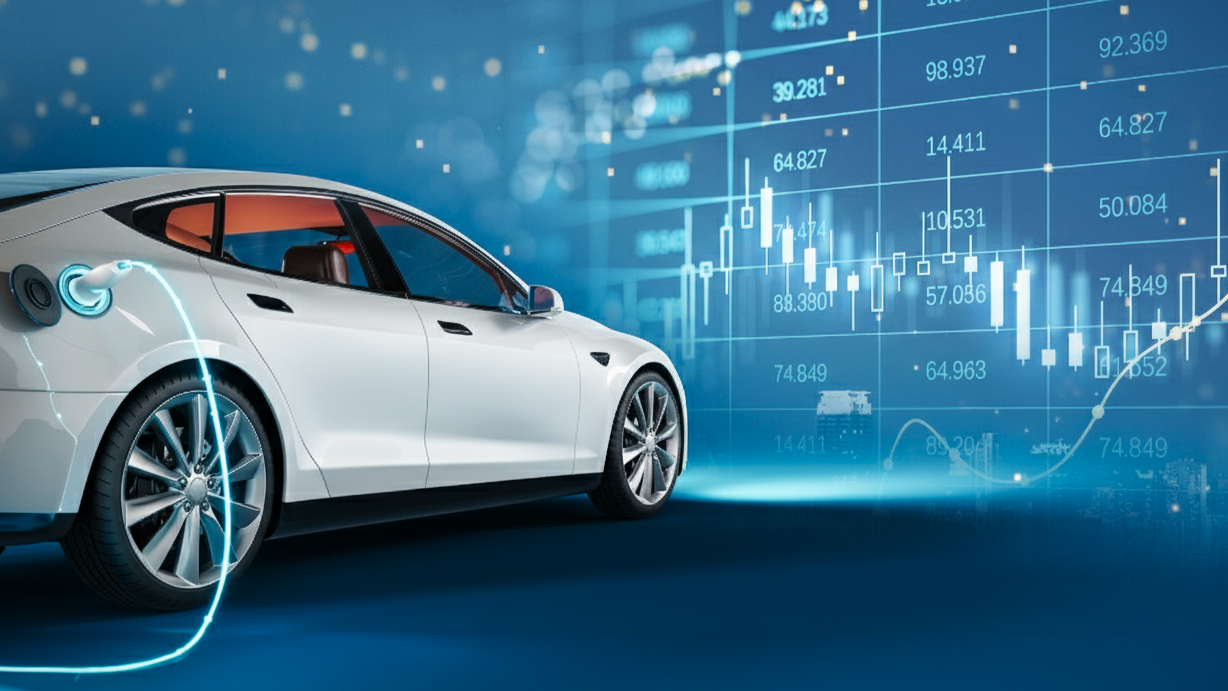
Beyond the dry figures of savings and range, there are things that only EV owners understand. These feelings are hard to measure, but they often become decisive.
Regenerative Braking and "One–Pedal" Driving
Most electric cars allow you to adjust the level of regeneration. At the maximum level, as soon as you release the accelerator pedal, the car begins to slow down intensively, returning energy to the battery. You get used to this quickly, and 90% of city trips are done with almost no use of the brake pedal. This is not only convenient but also provides a completely new, smooth driving experience.
The Perfect Microclimate
An electric car has no engine that needs to be warmed up. You can turn on the air conditioner or heater in advance from your smartphone. In winter, you get into an already warm cabin with clear windows, and in summer, into a cool one, without wasting a drop of petrol or polluting the air in your yard.
The Silence That Changes Much
The absence of vibrations and ICE noise is an obvious plus. You start to hear music in a new way, talk calmly with passengers without raising your voice, and simply get less tired on the road. After a ride in an electric car, a regular car seems noisy and archaic.
However, it is important to remember that in addition to fully electric models, there are also hybrids that combine an ICE and an electric motor. But in this material, we will focus specifically on 100% electric cars.
The Most Common Myths About Electric Cars
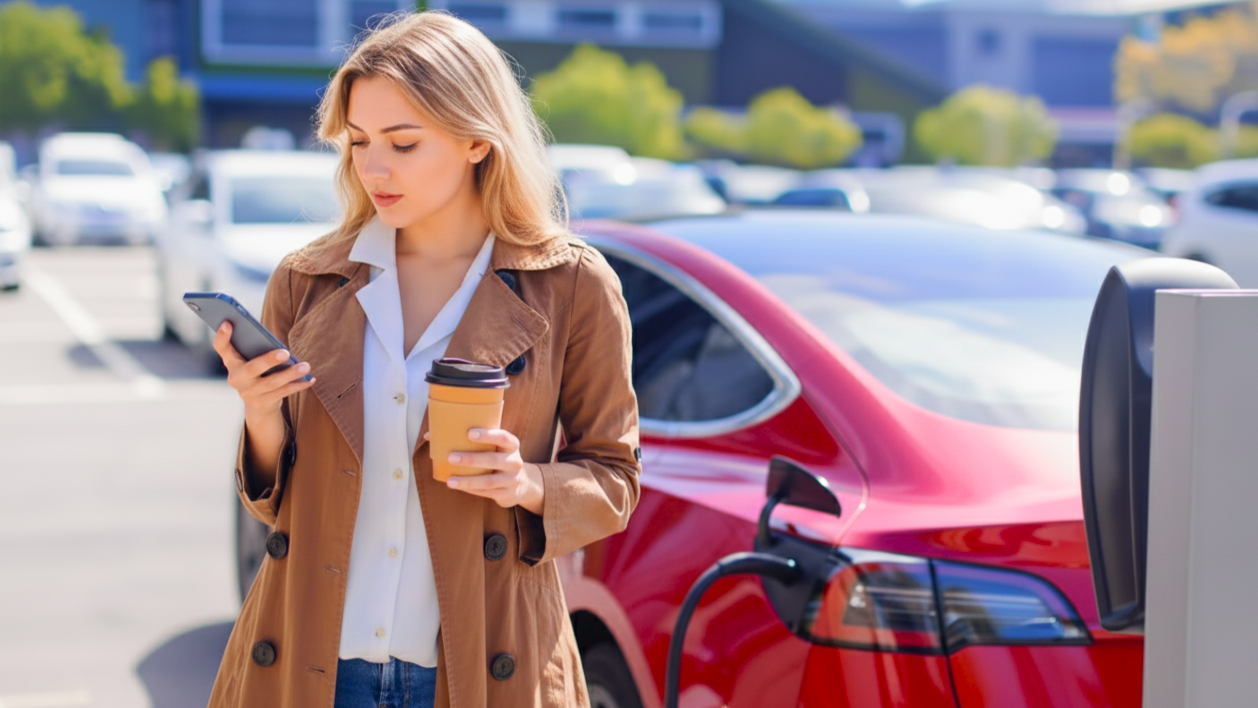
Let's go through the most popular "scare stories" and see how they hold up to reality in 2025.
Myth 1: "Electric cars are slow"
This myth comes from the era of the first, clumsy electric cars. Modern reality looks different. Even basic models, like the MG 4 Electric, accelerate to 100 km/h in 7–8 seconds – faster than many petrol counterparts. And flagships like the Tesla Model S Plaid or Rimac Nevera break world records, leaving petrol supercars behind.
Myth 2: "You can't go far"
Another outdated stereotype. If the first Nissan Leafs barely managed 150 km, today the average range of a new electric car is 400–500 km. Models like the Hyundai Ioniq 6 or Tesla Model 3 Long Range can travel over 600 km on a single charge. For conditions in Cyprus, where the distance between the most remote cities does not exceed 200 km, this is more than enough.
Myth 3: "Batteries wear out quickly and cost as much as a new car to replace"
Manufacturers provide an 8–year or 160,000 km warranty on the battery, during which its capacity should not drop below 70%. Practice shows that modern batteries with liquid cooling lose about 10–15% of their capacity over 200,000 km. This means the battery will outlive the car itself.
Parameter | Lithium–ion battery (2015) | Lithium–ion battery (2025) | Solid–state battery (forecast) |
Lifespan (cycles) | ~1000 | ~2000–3000 | ~5000+ |
Warranty | 8 years / 100,000 km | 8 years / 160,000 km | > 10 years / 250,000 km |
Degradation over 8 years | 20–30% | 10–15% | < 5% |
Myth 4: "Charging takes forever"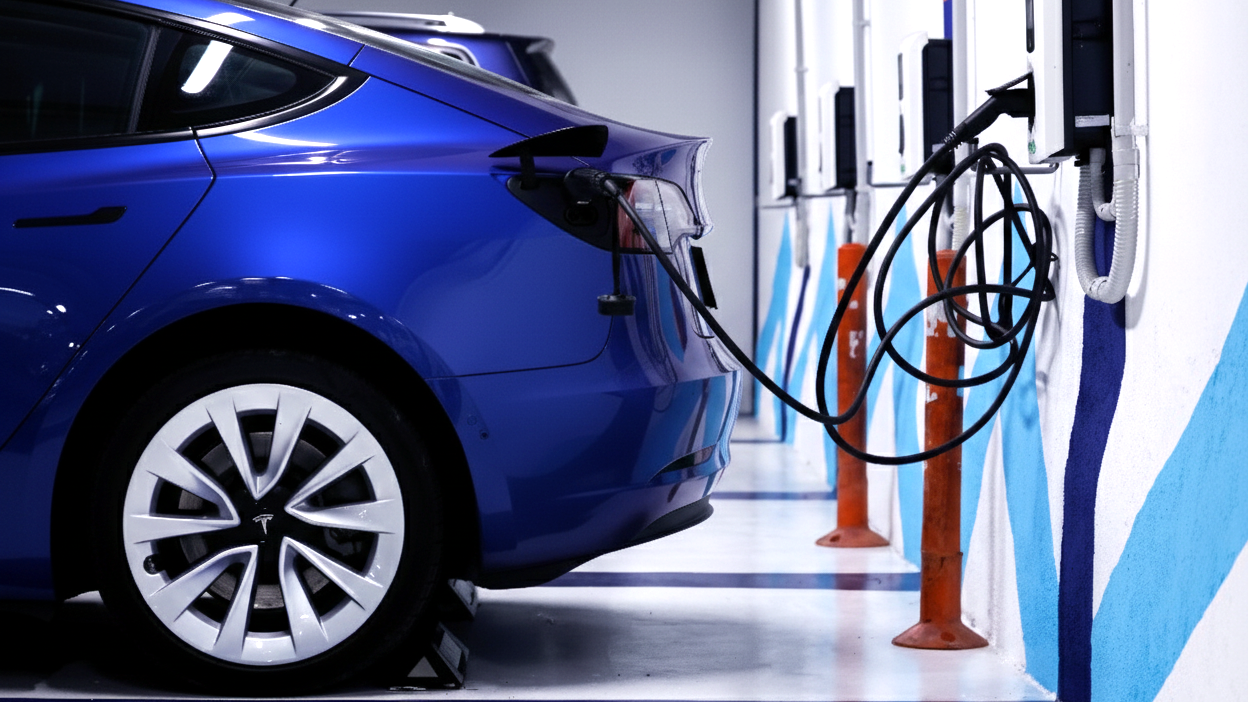
It all depends on the type of charging.
- Home charging (AC, 7 kW). Yes, it is slow. A full charge will take 8–10 hours. But you plug your car in overnight, like a smartphone, and you have a "full tank" every morning.
- Fast charging (DC, 50–150 kW). At public stations, charging from 10% to 80% will take 25–40 minutes. Enough time to have a coffee.
- Ultra–fast charging (DC, 150+ kW). Modern electric cars with an 800–volt architecture (Kia EV6, Porsche Taycan) can charge to 80% in 18 minutes.
Myth 5: "Electric cars are expensive to maintain"
Quite the opposite. An electric car has no oil, spark plugs, filters, timing belts, or a complex exhaust system. Maintenance is reduced to changing the cabin filter and checking the suspension. The cost of servicing an electric car is 40–60% lower than that of a petrol counterpart.
Myth 6: "There's nowhere to charge"
The infrastructure in Cyprus and Europe is developing rapidly. Charging stations are appearing not only in major cities but also on highways, at hotels, and at tourist attractions. More than 90% of charging happens at home or at work, so public stations are mainly needed for long trips.
Myth 7: "Electric cars are unsafe"
Modern electric cars are among the safest vehicles. The heavy battery in the floor lowers the center of gravity, making them very stable. The body is initially designed with battery protection in mind. Models like the Tesla Model Y and Hyundai Ioniq 5 receive the highest ratings in Euro NCAP crash tests.
Myth 8: "Battery production is more harmful to the environment than ICE exhaust"
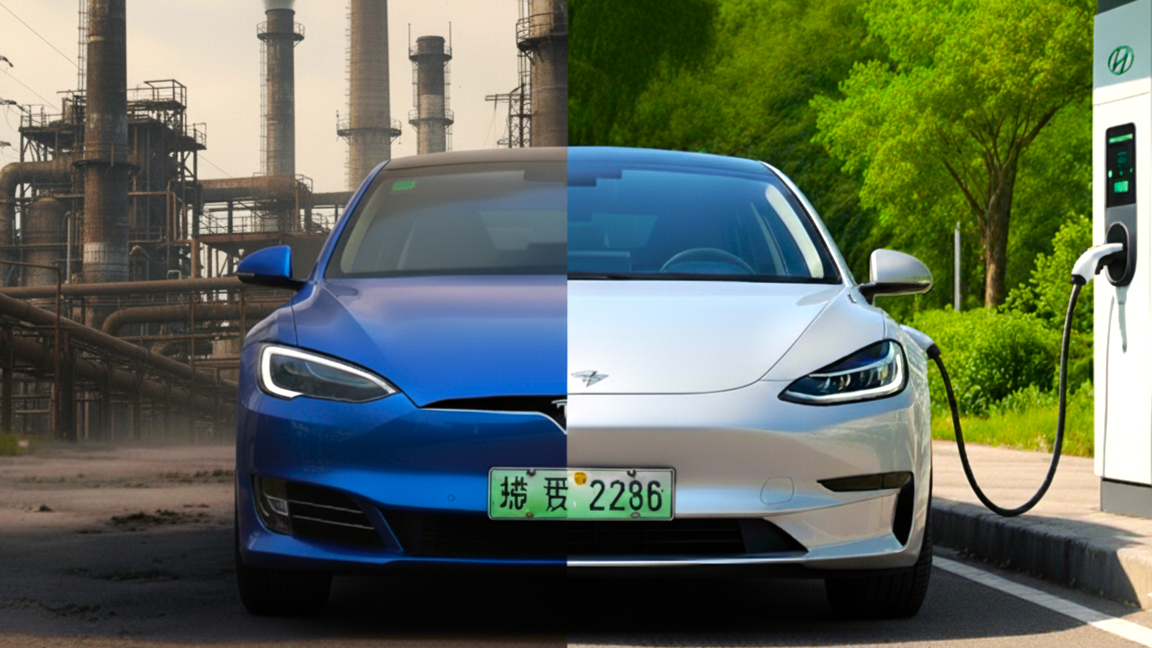
This is the most complex myth. Indeed, battery production is an energy–intensive process associated with the mining of minerals. However, over its entire life cycle, including operation, an electric car charged from a modern power grid leaves a significantly smaller carbon footprint.
Life Cycle Stage | Petrol Car (tonnes of CO₂) | Electric Car (tonnes of CO₂) |
Production | ~7 | ~10 (due to battery) |
Operation (200,000 km) | ~41 | ~12 (avg. EU grid) |
Total | ~48 | ~22 |
Source: Calculations based on data from Polestar and other open sources. |
As you can see, the initial emissions of an electric car are higher, but they are more than compensated for during its operation.
Facts vs. Myths: The Reality of 2025
Modern electric cars are capable of a lot. A range of 500 km allows you to cross Cyprus and back without any problems. The charging infrastructure is growing, and planning trips is becoming easier. The cost of ownership, considering the savings on fuel and maintenance, is already lower than that of many petrol cars today. Yes, severe cold or heat can reduce the range by 10–20%, but battery thermal management systems effectively combat this.
Practical Tips for Buyers
- Assess your real mileage. Don't chase the maximum range. If you drive 50 km a day, a base version with a 350–400 km battery will be enough.
- Plan your charging scenario. The main question is: where will you charge? Having a home charger is the key to comfortable and cheap operation.
- Research government programs. In Cyprus and other EU countries, there are subsidies for the purchase of electric vehicles and the installation of home charging stations, which can significantly reduce initial costs.
The Future of Electric Cars
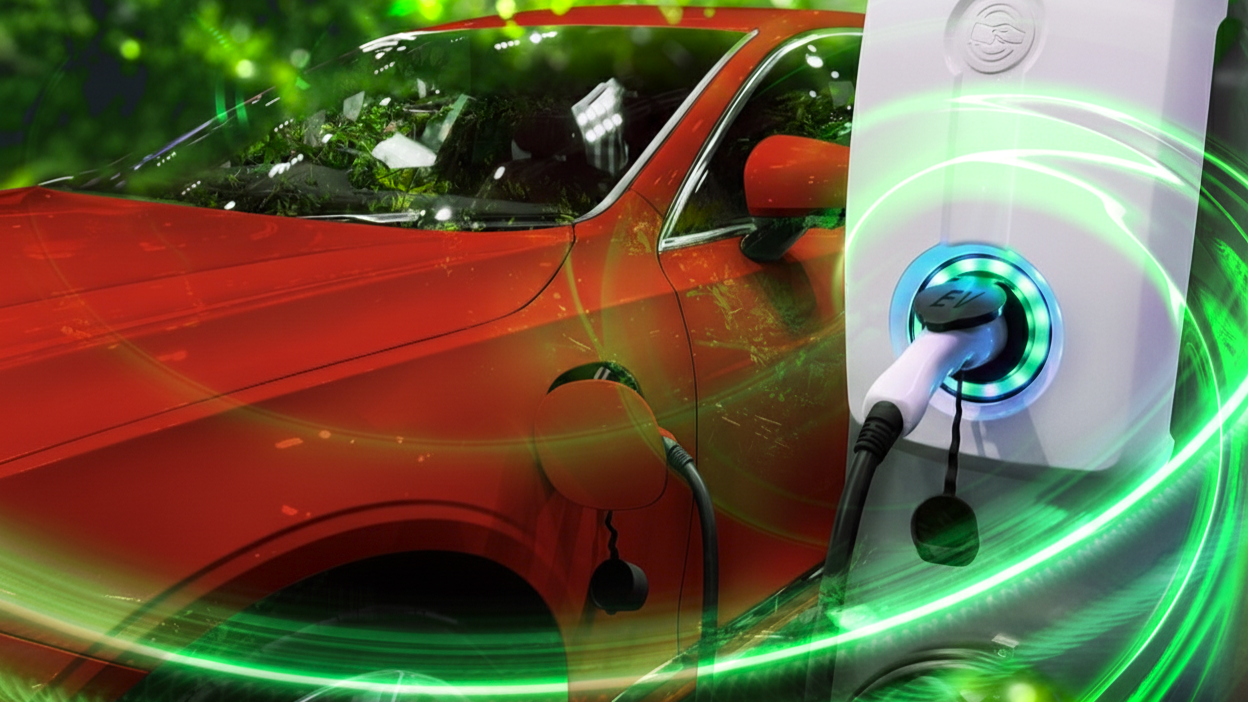
Technology is not standing still. In the coming years, we can expect solid–state batteries, which will make charging as fast as refueling with petrol. Also, we should mention V2G (Vehicle–to–Grid) – your car will be able to not only take but also give energy back to the grid, earning you an income. And also: the ability to charge a car simply by parking in a special spot – a future that is already practically "at the doorstep."
Conclusion
Myths about electric cars arise from a lack of information and outdated data. Modern technologies have made electric cars fast, reliable, and convenient for everyday use. And here are the main conclusions:
- Most popular myths are easily debunked by facts and statistics.
- Answering the question of whether are electric cars better for the environment, we can confidently say: yes, they are better. And this is thanks to the full life cycle of the car battery.
- An electric car is the choice of the future, which requires a conscious approach to planning trips and charging.
Explore our catalog to learn more about available models and cast aside outdated car myths – the future has already arrived. Feel free to rent such models and enjoy your travels.
Curious which electric car models already lead the market and define the future of driving? Don’t miss our article "Best Electric Cars: Top Picks for Performance and Value" — a handpicked list of the most advanced and exciting EVs you can experience today.


